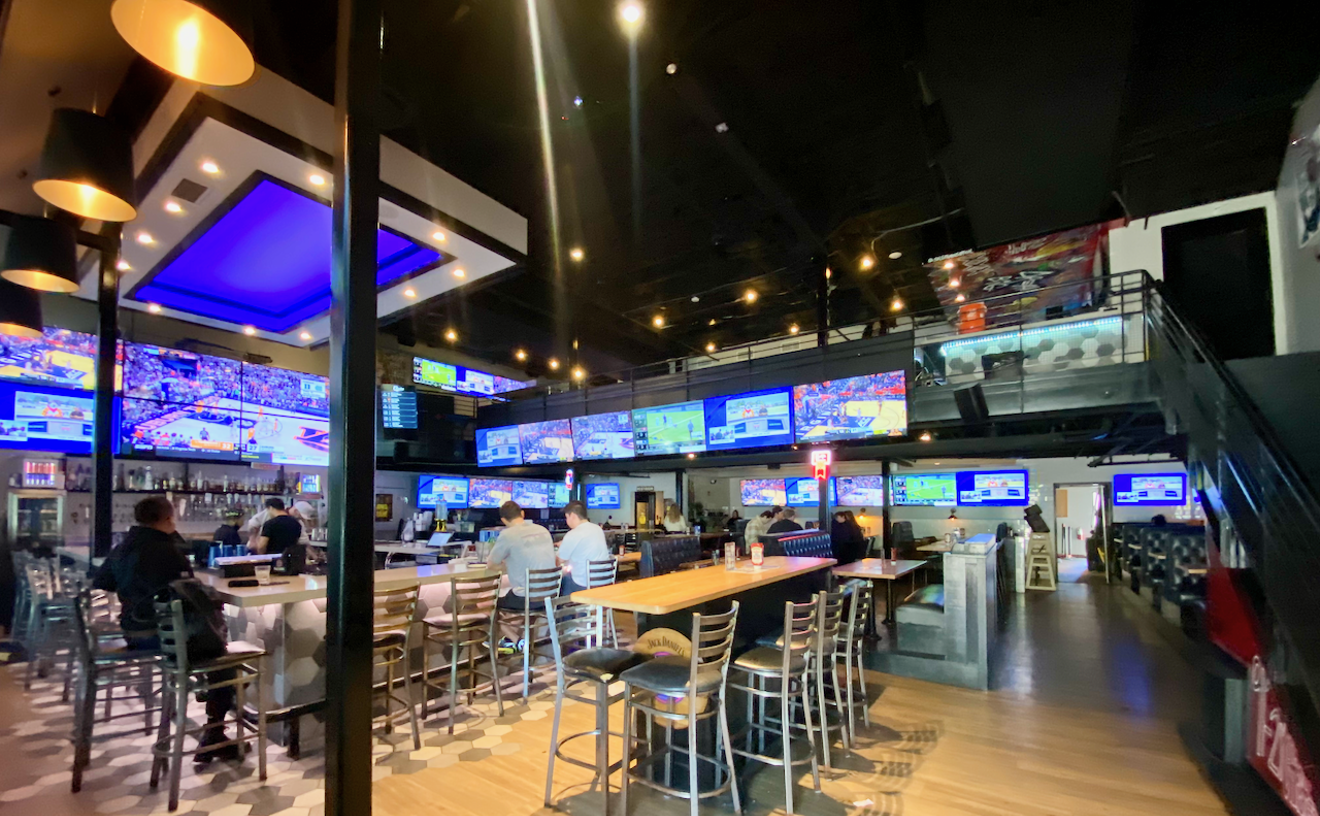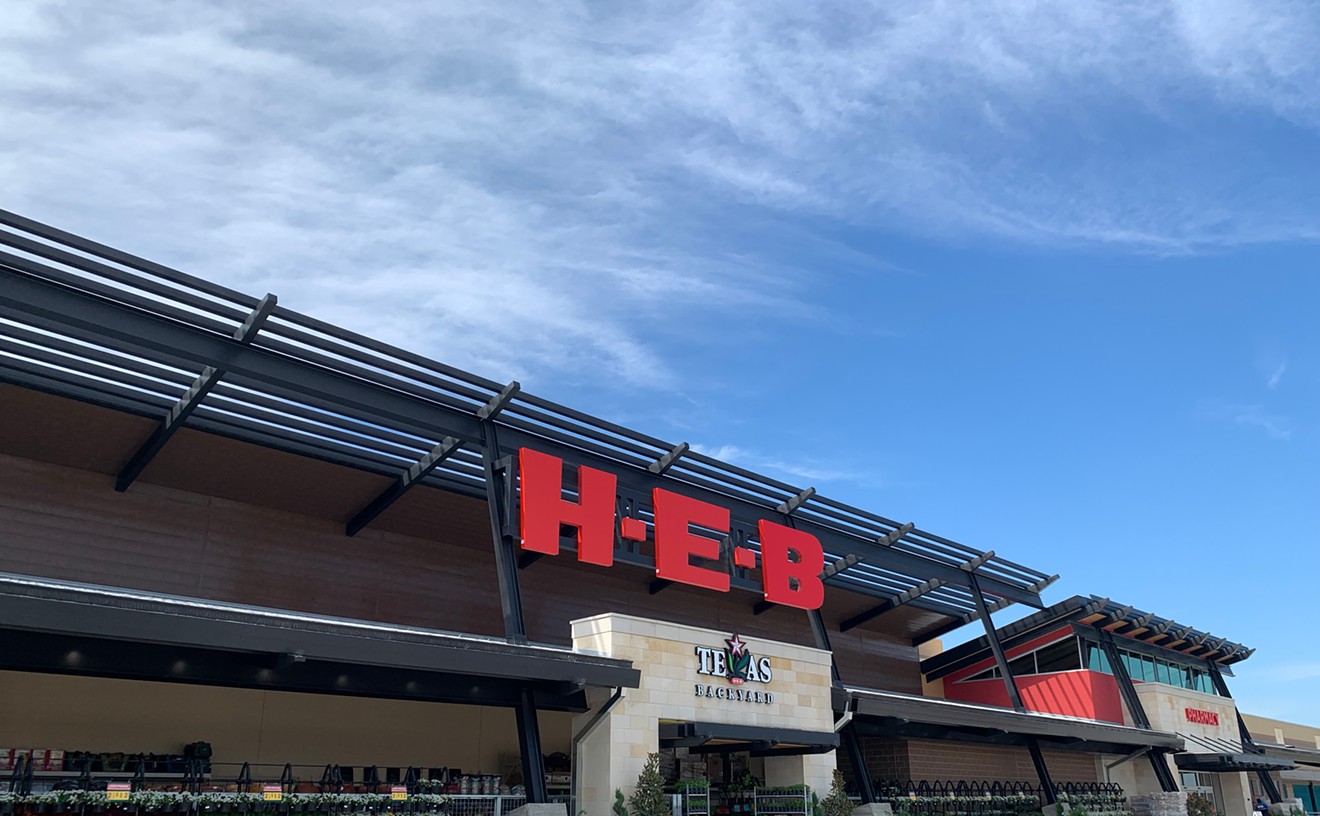On The Range is a weekly exploration of the history and lore of Texas menu items.
Take a couple slices of meat and stuff them into my flour tortilla, along
with some handy rice, beans, salsa and, finally, jalapenos. We know the last
ingredient colloquially as a pepper, yet pepper is also the name of the black
stuff that sits in a shaker located next door to salt on the restaurant or
dining room table. What gives?
Well, as with so many things in the New World, it seems we have Columbus to
thank for our peppery conundrum. According to Stephan Pyles, the word pepper
in reference to chiles is a misnomer that originated when Columbus was
searching for a westward route to the Spice Islands in the East Indies in an
attempt to find a source for the highly valued black pepper.
In his
book New Tastes From Texas, Pyles continues:
"Instead, he landed in the West Indies and discovered a plant bearing small red berries that resembled unripe black pepper berries. Columbus called these 'peppers.' He had actually encountered a type of chile that, like all others, is native to the New World. 'Peppers' were brought back to Europe, and the botanically incorrect name has stuck ever since. Just remember, a pepper is a spice, a chile is a fruit."
Writing in her books The Art of Mexican Cooking and The Cuisines of Mexico,
Diana Kennedy notes that the chile jalapeno was so named "because of its
popularity in the ancient markets of Jalapa, now the capital of Veracruz
State." She adds that "curiously enough, the spelling chilli has persisted
in India since the Portuguese took them there in the Sixteenth Century."
For
the record, the word chile comes from the Nahuatl, the most common language spoken
by the Precolumbian residents of the future United Mexican States.
Why do we eat hot peppers, anyway? In her book The Latin American Kitchen,
Elisabeth Luard offers a chemical explanation: "The chile's heat, the
peppery element, triggers the production of endorphins, excitement-inducing
chemicals manufactured by racing drivers and mountaineers in search of
danger."
The ubiquitous nature of jalapenos can also be explained by the fact that, as
peppers go, they are surprisingly mild, clocking in at a relatively gentle
2000 to 8000 Scoville units, well down the scale from the more exciting and
dangerous habanero (100K to 350K units), to say nothing of the Jamaican hot
peppers, which register a similarly sweltering score. Thus, jalapenos have
become a staple in every Tex-Mex joint and are also encountered in every bar
in town that serves food, whether upscale or dive.
Certainly, they can be encountered at Dos Rios Tex-Mex Grill in Richardson,
where you may be waited on by the ever-smiling genial owner himself. Dos
Rios sports a lengthy menu including the Asada Lunch, a medium-prepared cut
of beef served with the usual rice, beans, and flour tortillas. Ask for a
side of jalapenos, and you're all set for some mountaineering, race car driving excitement.
Or maybe that's an overstatement.










